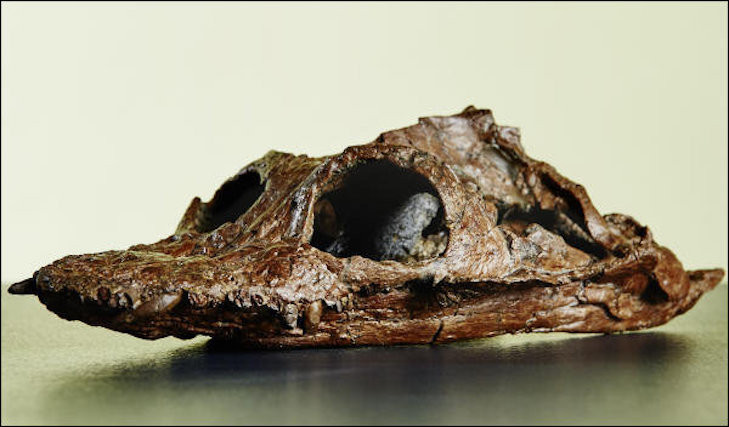Defined by dictionary.com, the plesiosaur is “any of various large, extinct marine reptiles of the genus Plesiosaurus and related genera of the Mesozoic Era. Most plesiosaurs had a small head on a long neck and a broad body with paddlelike limbs; one group had a large head on a short neck.”
The first one was discovered in Lyme Regis in the nineteenth century; however, since then only a few rare skeletons have been dragged out of the Jurassic era.
This animal was found in earth layers dating back 185 million years.
The Naturmusée stated on Monday 30 October that the Luxembourg specimen “was found during the 1990s during digging works”, and was kept in its natural state “without anyone noticing its unique character and scientific importance for the paleontological heritage” of the country.
It took the expert eyes of specialist Oliver Kunze from Stuttgart, to notice the exceptional nature of the piece after he prepared it.
This is the first example in Luxembourg and the Greater Region where almost the whole skeleton of a plesiosaur is still intact.
New species
Researchers Peggy Vincent from the national history museum in Paris, together with a team from the national history museum of Luxembourg (Robert Weis, Guy Kronz, Dominique Delsate), could also demonstrate that it is in fact an as yet unknown species.
They gave it the name “microleidus melusinae”, in homage to the mythical mermaid Melusina, which inhabited the valley of the Petrusse.
The entire specimen is now showcased in the new permanent exhibitions of the Naturmusée, where it illustrates the evolution of marine reptiles.
